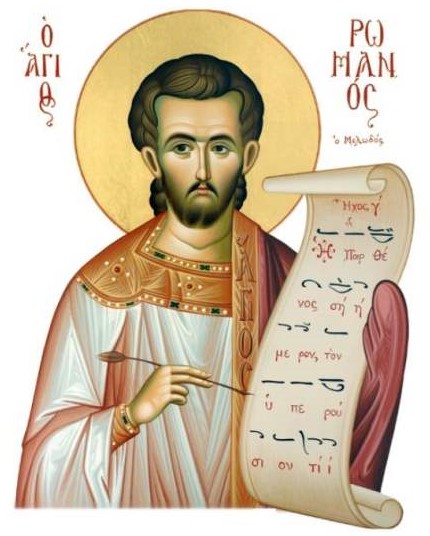
 |
SYNAXIS.INFO • Orthodox Christian Worship ResourcesEducational Materials for Clergy, Readers, Ecclesiarchs, Chanters, Choir Directors |
1. The Blessing and the Beginning Prayers
After the opening blessing, there is a divergence of practices before we read or sing Psalm 103. As a general principle, the evening service(s) should begin with the Trsagion Prayers (according to the ancient “Rule of St. Pachomios”). Thus, if the Ninth Hour and Vespers are performed together as a liturgical group, the Trisagion Prayers are recited at the beginning of the Ninth Hour, and when we begin Vespers, we do not perform a full dismissal at the end of the Ninth Hour, but simply continue with “Come, let us worship”. If, however, Vespers is performed as a stand-alone service without the Ninth Hour, liturgists agree that the full Trisagion Prayers should properly be included at the beginning of Vespers, in observance of the Pachomian Rule. Unfortunately, this principle is not applied in all contemporary traditions.
In the Great Church tradition:
Since the Ninth Hour is not read in the contemporary traditional practice of those parishes which use the Great Church Typicon, and since Vespers is very rarely performed together with Orthros as a Vigil service, Daily Vespers and Great Vespers are typically performed in parishes as stand-alone services (although a Paraklesis is sometime appended to the end of Vespers during fasting periods). In modern parish practice Vespers begins with the opening blessing and “Come, let us worship…”.
In the Sabbaitic Typicon Tradition:
Daily and Great Vespers are usually preceded by the Ninth Hour, which begins with the full Trisagion Prayers; there is no full dismissal at the end of the Ninth Hour, and we begin Vespers with “Come, let us worship…”, etc. (However, if there is a Vigil, there is always a full dismissal at the end of the Ninth Hour (which is appointed to be read before the evening meal), and we begin the Vigil with the priest’s exclamation and the stately singing of “Come, let us worship…”)
2. Psalm 103
Add
No Anoixantaria
3. The Litany of Peace
For the Litany of Peace, also known as the Great Litany or the Great Synapte, it is traditional to give this series of prayers our full attention and honor by singing special melodies for the responses. (Traditionally, this is sung in the Plagal of Fourth Tone.) Whenever possible, we should attempt to follow this tradition, and only fall back on the standard, default melodies for the Great Litany when there is not a full choir or voices are tired (which is why the numbers 1 and 2 are provided following the priest’s petitions). For the priest, we should remind him that these special melodies can be too challenging for the chanters to sing if he pitches his voice too high, as they range a full octave above the starting pitch. (If he starts the opening blessing and the Great Litany too high, the choir director may have no choice but to fall back on the default melodies to allow the choir to sing the litany without vocal strain.)